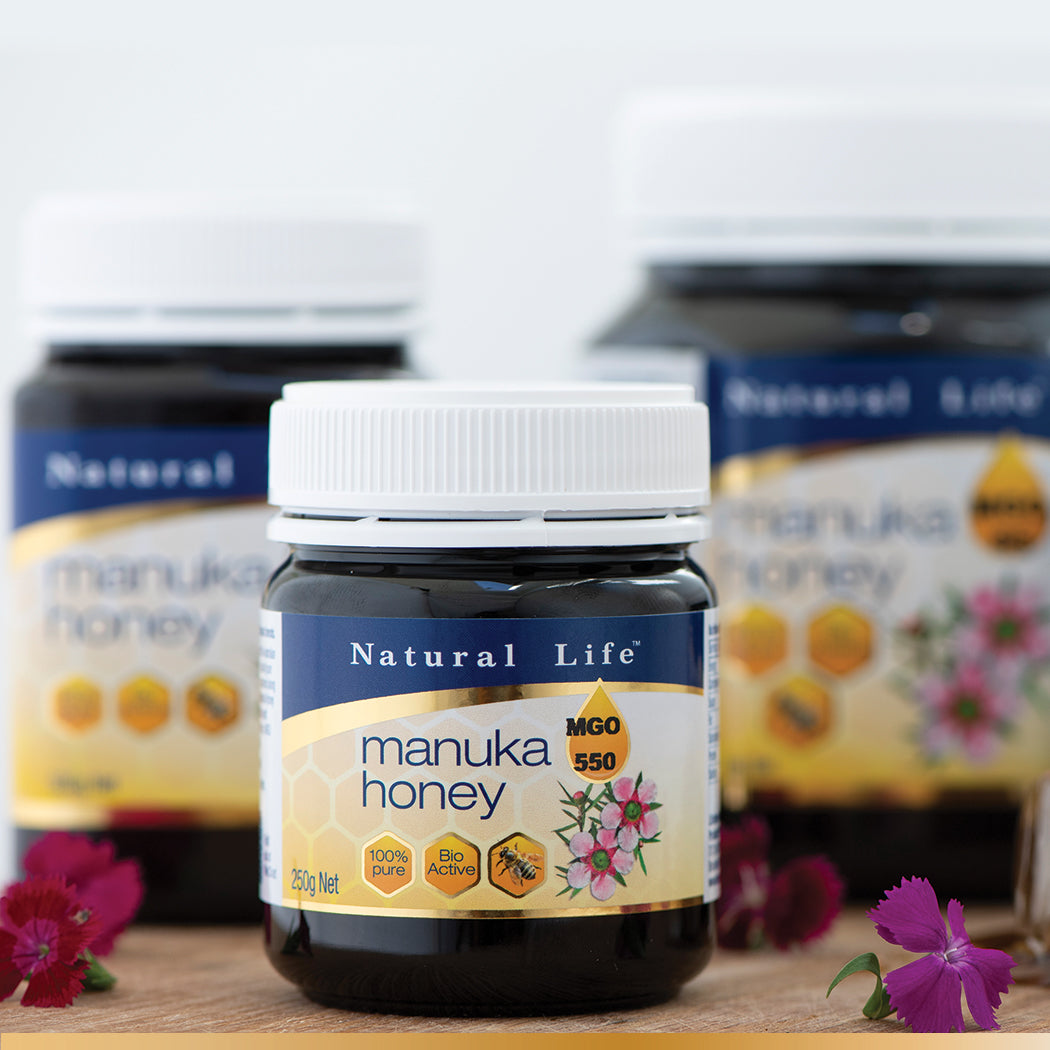What is propolis?
Propolis is derived from various plant species by bees and is then uniquely deposited in the beehive to bring about structure, heat regulation and protection from predators via its selective antiseptic activity. The use of propolis in humans for its medicinal properties dates back centuries. Furthermore, scientists have been studying propolis more recently and are uncovering exciting things about this compound.
What are the benefits of propolis?
Propolis is generally used internally for upper respiratory infections, common cold, influenza, tonsillitis, chronic sinusitis, gastrointestinal infections and to strengthen the immune system. Topically, propolis is used for skin wounds, gingivitis, mouth ulcers, and throat infections (sore throat).
What makes propolis so effective?
Propolis is mainly composed of resin, wax, essential oils, pollen, and potent organic compounds called flavonoids, such as quercetin, acacetin, rutin, luteolin, apigenin, and naringenin to name a few. Studies show that propolis initiates its potent therapeutic effects through its unique composition of these constituents.
Is all propolis the same?
Propolis constituents will vary depending on the area of origin. It is important to ensure that the propolis you are selecting contains a certain composition of flavonoids and other important compounds to gain insight into the potency of the extract, and to make sure that its therapeutic activity is carried out.
Did you know that propolis contains quercetin naturally?
Quercetin is a potent flavonoid responsible for strong antioxidant activity, immune system enhancement, antiviral effects and antiallergic properties. Quercetin is one of the naturally occurring flavonoids in propolis, and is a good indicator of propolis’ potency.
Where to from here?
Natural Life™ ensures that each product containing propolis is batch tested to contain a minimum of 8% quercetin, along with certain compositions of other important flavonoids, so that you can be sure that each product you purchase is therapeutically potent!
For more information on the range of Natural Life products available please visit us at www.naturallife.com.au
Written by Jace Harsh BHSc Naturopath
REFERENCES:
Pasupuleti, V. R., Sammugam, L., Ramesh, N., & Gan, S. H. 2017. Honey, Propolis, and Royal Jelly: A Comprehensive Review of Their Biological Actions and Health Benefits. Oxidative medicine and cellular longevity, 2017, 1259510. https://www.ncbi.nlm.nih.gov/pmc/articles/PMC5549483/
Syed, I. A., Amjad U., Khalid A. K., Mohammad A., Hikmatullah K., Hussain A., Muhammad A. B., Muhammad T., Mohammad J. A., Hamed A. G., Nuru A., Chandra K. D., 2019. Composition and functional properties of propolis (bee glue): A review. Saudi Journal of Biological Sciences, Volume 26, Issue 7, 2019, Pages 1695-1703, ISSN 1319-562X, https://www.sciencedirect.com/science/article/pii/S1319562X1830189X.
Braun, L., & Cohen, M. 2015. Herbs & Natural Supplements: An evidence-based guide (4th ed.). Elsevier Australia
Bone, K. 2007. Herbal Compendium (1st ed.). Phytotherapy Press



